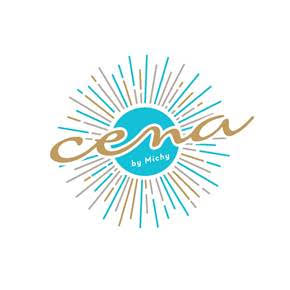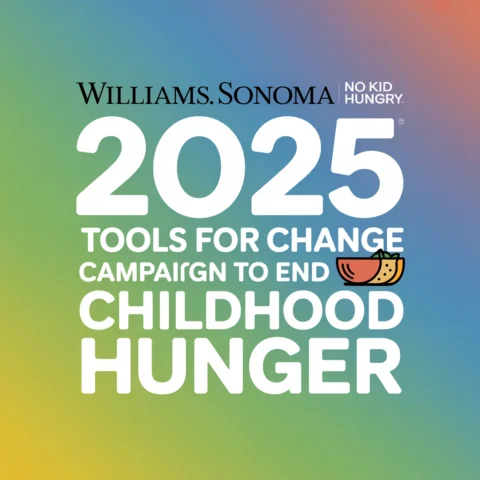 Today’s specialty coffee drinkers want answers — can you share the who’s, what’s, and where’s of your beans?
Today’s specialty coffee drinkers want answers — can you share the who’s, what’s, and where’s of your beans?
Coffee’s Third Wave has lifted it to the top of the beverage pool: for the first time in decades, coffee has crested soda as the most popular drink in America. 61% of Americans drink coffee every day, the National Coffee Association reports. But the important news isn’t that consumers are simply drinking more coffee — they’re demanding more from their coffee too. As a luxury drink with its own complex universe of styles and tastes, specialty coffee isn’t the new soda; it’s the new wine. Beans boast varietals, terroir, and flavors as nuanced as grapes, and customers want them showcased with equal finesse — prepared perfectly every time and explained in detail. Are you ready to uncork specialty coffee’s challenges and toast its rewards?
Beyond Bitter Brew
Turned off by bitter, over-roasted First Wave beans, Americans switched to soda in the Sixties. Sweetened, blended Second Wave coffee drinks like frappuccinos and mochas courted sweet teeth back to the coffee camp, but it’s Third Wave specialty coffee that has truly revolutionized the industry. Specialty coffee claims 28 million drinkers a day, over 1 in 3 coffee servings consumed away from home are specialty coffees, according to Datassential — and those drinkers don’t want their parents’ or grandparents’ cup of joe. Menus at specialty coffee shops are simple: unadulterated pour-over, single-cup offerings, and basic espresso-based drinks like lattes and macchiatos. These preparations are meant to highlight the myriad flavors of the bean itself, not sugary add-ins (In fact, Datassential reports consumers’ top demands for their drinks all involve removing artificial ingredients and sweeteners). Customers want to taste their coffee, because with specialty coffee there’s so much more to taste.
That means first and foremost, consistent preparation is key. Luckily new technology like NESCAFÉ® Milano allows the barista to dial in specifics that let the unadulterated bean shine through, adding the precise amounts and temperatures of water and milk to make perfect shots, cups, or lattes every time.
The World of a Sip
If coffee is the new wine, with preparation and service just as refined, coffee servers are the new sommeliers. Today’s consumer sees coffee as a treat, made for social and business meetings — a luxury purchase to enjoy and linger over. Customers want to experience those new flavors in all their glory, and they want information about where and how they came to be. “To offer a better coffee experience we need more time with our customers,” James Hoffmann, co-owner of London specialty coffee shop Square Mile Coffee Roasters, told the Specialty Coffee Association of America (SCAA). That customer engagement starts with crafting a perfect drink, and continues with guiding the consumer to its joys.
“Wine experts are consistent in their preferences,” explains the SCAA, “but consumers’ preferences are much more broad.” The numbers agree: Datamonitor reports that 60% of consumers find new and exotic flavors appealing. With consistently prepared specialty coffee, there’s a lot to love: a richly colored flavor wheel of tastes and aromas, sweet and sour, smoky and floral, earthy and citrussy and spiced. Coffee has twice the genetic complexity of wine grapes, and more still than chocolate and tea, with over 800 flavor components based on where it’s from and how it’s prepared.
Customers want this information. As a sommelier might explain a wine’s varietal or blend, a coffee server should know the difference between his beans. First Wave coffee used a breed called robusta, a cheaper bean, mass-produced on large-scale Brazilian plantations. Specialty coffee is mainly arabica, a finer bean thought to be the original coffee cultivar, first born in Ethiopia. Some roasters even specify sub-varieties of arabica, like bourbon and typica. Even instant coffees once using only robusta have stepped up their game — Espresso Roast NESCAFÉ® Milano is now 100% South American arabica.
Beyond variety comes location. The differences between a Napa Pinot and an Argentinian Malbec mirror the differences between bright Kenyans, honey-sweet Colombians, and richer Ethiopians. Some specialty shops tout Cup of Excellence coffees, the best beans from Brazil, Nicaragua, Guatemala, Honduras, El Salvador, and Colombia, selected each year by the Alliance for Coffee Excellence. Beans can boast other certifications as well, whether that means grown organically, without chemical pesticides, or traded at fair prices with growers. The NESCAFÉ® Plan ensures “responsible farming and responsible production.” Some shops use direct-buy programs to highlight “micro-lots,” or individual batches of coffee beans.
Beans that begin life with such high standards need to carry that torch all the way to the finish line — from the coffee tree to the latte-foam leaf. Known for their delicate flavors, specialty beans must be prepared the same way every time. Slipshod craftsmanship at the end of the supply chain — an unprepared barista, a faulty machine — can disrupt the entire experience of specialty coffee.
Today’s coffee consumers expect a new kind of coffee shop experience that educates and enlightens them to the unique joys of specialty coffee, from the origin of the beans to their preparation and specific flavor profiles. Like a wine sommelier, the coffee server is now a guide to the drink. Know the full story of your coffees and prepare them cleanly and consistently, and you’ll keep even the most demanding customer happy.
Learn more about the authentic ingredients, sourcing, and preparation of NESCAFÉ® Milano.







